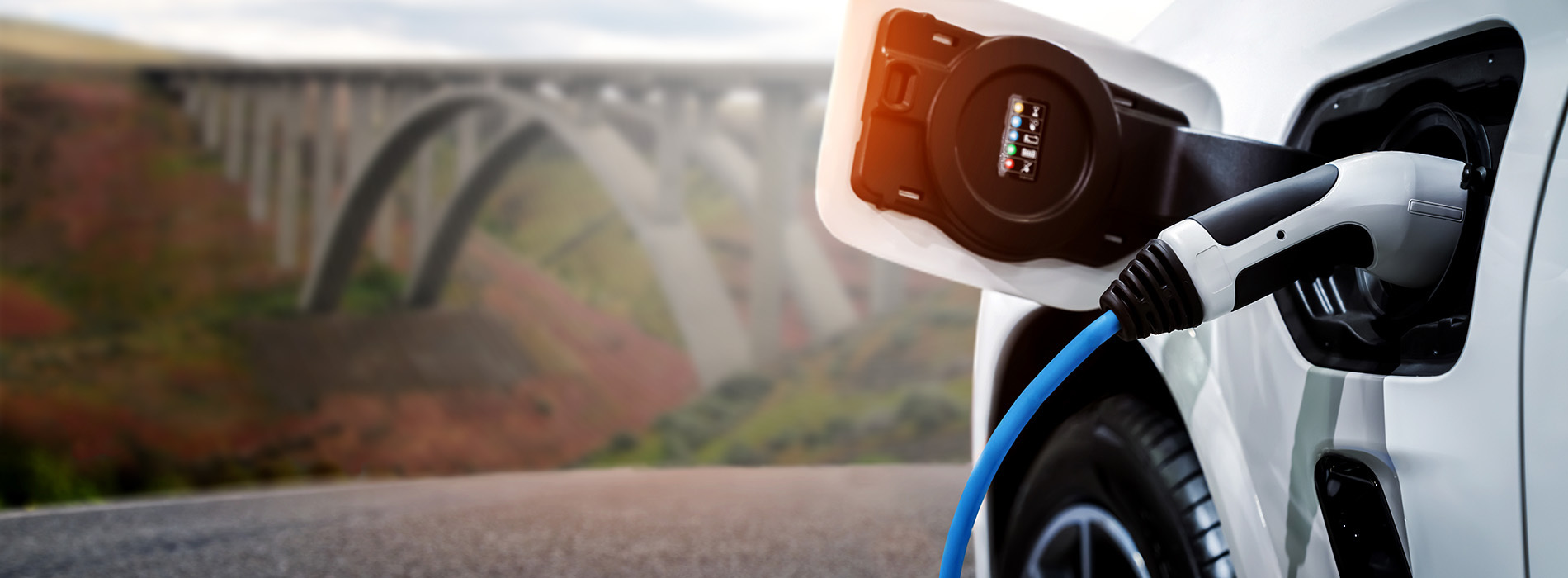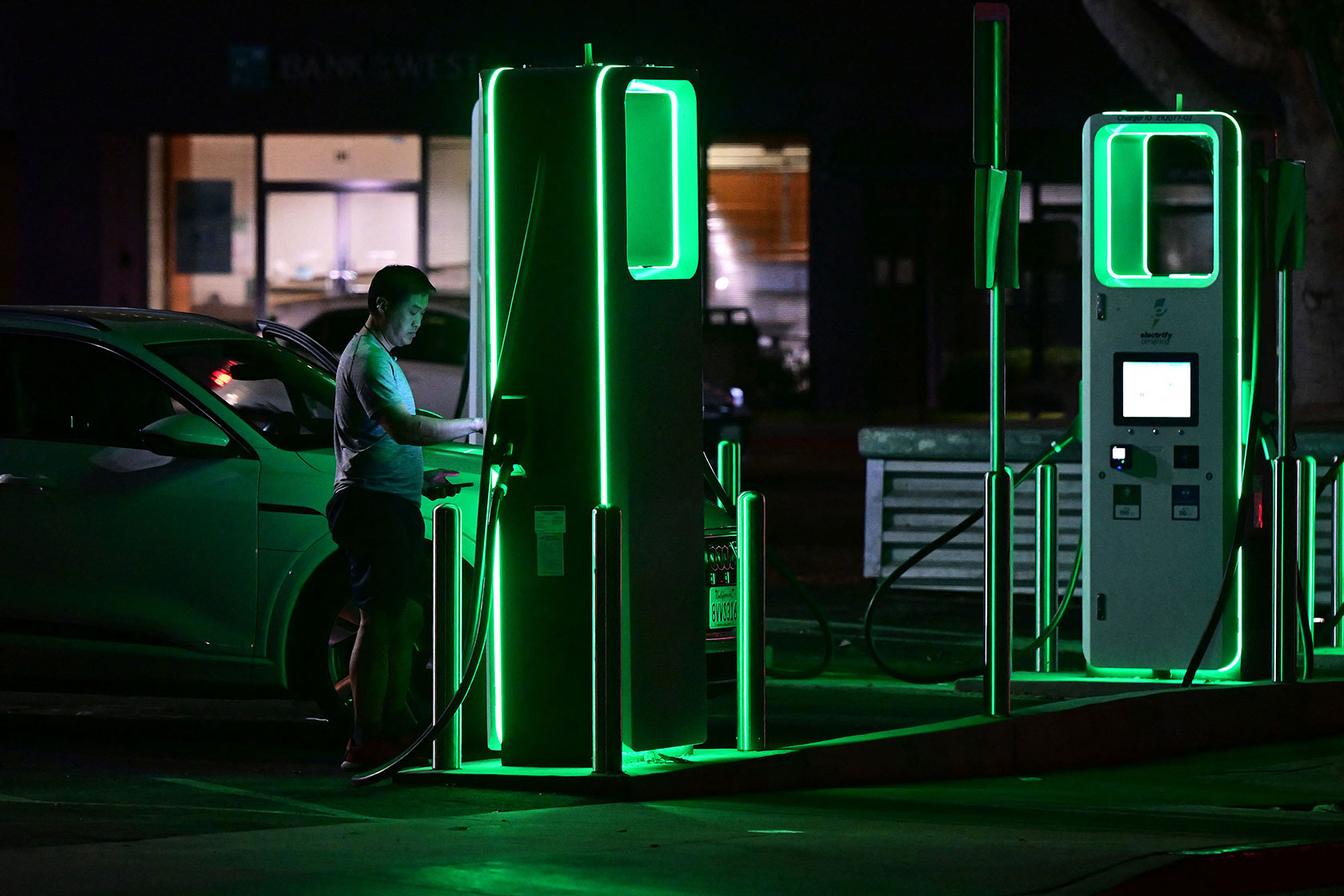The Future of Electric Vehicles and Why You Should Buy EV Charging news Now
The Future of Electric Vehicles and Why You Should Buy EV Charging news Now
Blog Article
Leading EV Charging Information: Trick Updates on Infrastructure and Development

Current Innovations in Fast-Charging Technology

Furthermore, innovations in battery modern technology, consisting of enhanced thermal monitoring systems and greater power thickness batteries, complement fast-charging abilities. These advancements mitigate the risk of battery deterioration during fast charging, making sure durability and performance for EV owners.
Furthermore, the integration of wise billing services is improving user experience, making it possible for real-time tracking and dynamic pricing versions. EV Charging news. This adaptability allows motorists to optimize charging expenses and times based upon grid need
As car manufacturers remain to spend in fast-charging networks, the cooperation between market stakeholders is crucial. Collaborations between charging terminal providers and automotive makers are leading the means for comprehensive insurance coverage, inevitably fostering a much more durable EV ecological community. These advancements are essential in supporting the shift to lasting transport.
Government Campaigns for Charging Growth
Federal government initiatives play a crucial role in the development of electric automobile (EV) charging infrastructure, assisting in the transition to lasting transport. Different federal and state programs are being carried out to boost billing accessibility, decrease the economic burden on consumers, and advertise the adoption of electrical cars.
Especially, the united state federal government has actually allocated considerable funding with the Facilities Investment and Jobs Act, which allocates $7.5 billion for EV billing network advancement across the country. This funding is intended at deploying thousands of brand-new charging terminals, specifically in underserved areas, thus resolving variety anxiety among prospective EV customers.
Furthermore, many states are enacting regulation to improve the allowing procedure for charging terminal installations, which is vital for speeding up deployment. Rewards such as tax obligation credits and discounts for both customers and organizations are additionally being presented to motivate the installment of billing framework.
In addition, public-private collaborations are progressively coming to be an emphasis, leveraging personal financial investment to match federal government funding. These campaigns emphasize a joint method crucial for developing a thorough and effective EV billing network, ultimately contributing to a greener and even more lasting future.
Innovative Battery Solutions Enhancing Effectiveness
Revolutionizing the landscape of electrical lorry (EV) modern technology, cutting-edge battery options are substantially boosting efficiency and performance. Advancements in battery chemistry, especially with lithium-sulfur and solid-state batteries, are resulting in raised power thickness, which enables for longer arrays and faster billing times. These new battery kinds have the possible to outmatch typical lithium-ion batteries by providing greater abilities while lowering weight, thereby improving general lorry efficiency.
In addition, growths in battery management systems (BMS) are optimizing energy use and expanding battery lifespan. Intelligent algorithms check battery wellness and performance, making it possible for real-time changes to charging and discharging processes. This not only boosts the effectiveness of the battery however likewise makes sure a more reputable and lasting power source for EVs.
Moreover, the combination of reusing innovations is addressing the environmental impact of battery production and disposal. Technologies in second-life applications for EV batteries are facilitating their use in energy storage space systems, adding to a circular economy.
As these cutting-edge battery options continue to advance, they guarantee to transform the EV market, making electric vehicles more accessible and appealing to a more comprehensive audience while supporting international sustainability goals.

Cooperation In Between Automakers and Billing Networks
Recognizing the crucial requirement for a robust billing framework, car manufacturers are progressively collaborating with charging network providers to enhance the EV ownership experience (EV Charging news). These collaborations intend to create a seamless billing community that benefits customers and supports the transition to electrical automobiles
Major vehicle brands are joining forces with well established charging networks to broaden their billing terminal coverage, making sure motorists have accessibility to reliable and convenient charging options. Collaborations with networks like ChargePoint and Electrify America enable car manufacturers to incorporate charging services straight into their lorries' Web Site navigating systems, leading users to the local terminals and providing real-time accessibility updates.
Additionally, these collaborations often result in the advancement of fast-charging innovations that significantly minimize the moment needed to recharge an EV. By pooling sources and expertise, car manufacturers and billing networks can introduce quicker, producing solutions that meet the growing demand for electric mobility.
On top of that, joint initiatives may likewise result in more standard billing procedures, which can minimize consumer confusion and advertise wider EV adoption. Overall, these calculated alliances are crucial in constructing a easy to use and reliable charging infrastructure that satisfies the demands of an increasing electrical lorry market.
Difficulties Facing EV Billing Infrastructure
As the electrical lorry market continues to expand, several challenges are surfacing that hinder the development of a comprehensive billing facilities. One of the key barriers is the insufficient variety of billing terminals, particularly in rural and underserved urban areas. This void creates array anxiety among possible EV buyers, hindering them from making the switch.
In addition, the absence of standardization in charging technology makes complex the facilities landscape. Variations in plug types and charging rates can produce complication for users and boost functional complexities for charging network drivers.
An additional pressing issue is the high price connected with the installment and maintenance of billing terminals, which can be an obstacle for both public entities and exclusive services. Governing difficulties and zoning restrictions can postpone the release of billing infrastructure, hampering progress in broadening necessary solutions. Attending to these difficulties will certainly be critical for fostering a durable EV environment that sustains the shift to lasting transportation.
Final Thought
Finally, the ongoing advancements in EV charging modern technology, supported by substantial government campaigns and ingenious battery solutions, are crucial for the growth and performance of electrical lorry framework. Cooperations between car manufacturers and charging carriers further enhance station insurance coverage, dealing with my response the expanding demand for obtainable charging alternatives. In spite of difficulties that persist within the EV charging landscape, these advancements signify a favorable trajectory towards pop over here a much more sustainable and reliable electrical vehicle ecological community.
Developments in charging infrastructure have led to the growth of ultra-fast battery chargers qualified of supplying up to 350 kW of power, considerably lowering charging times. Variants in plug kinds and charging speeds can create confusion for individuals and enhance operational intricacies for charging network drivers.In final thought, the continuous advancements in EV billing innovation, supported by significant government efforts and ingenious battery solutions, are important for the development and performance of electric vehicle facilities. Cooperations in between car manufacturers and billing service providers better boost terminal insurance coverage, addressing the expanding demand for accessible billing choices. Regardless of obstacles that linger within the EV billing landscape, these growths indicate a favorable trajectory towards a much more lasting and efficient electric car environment.
Report this page